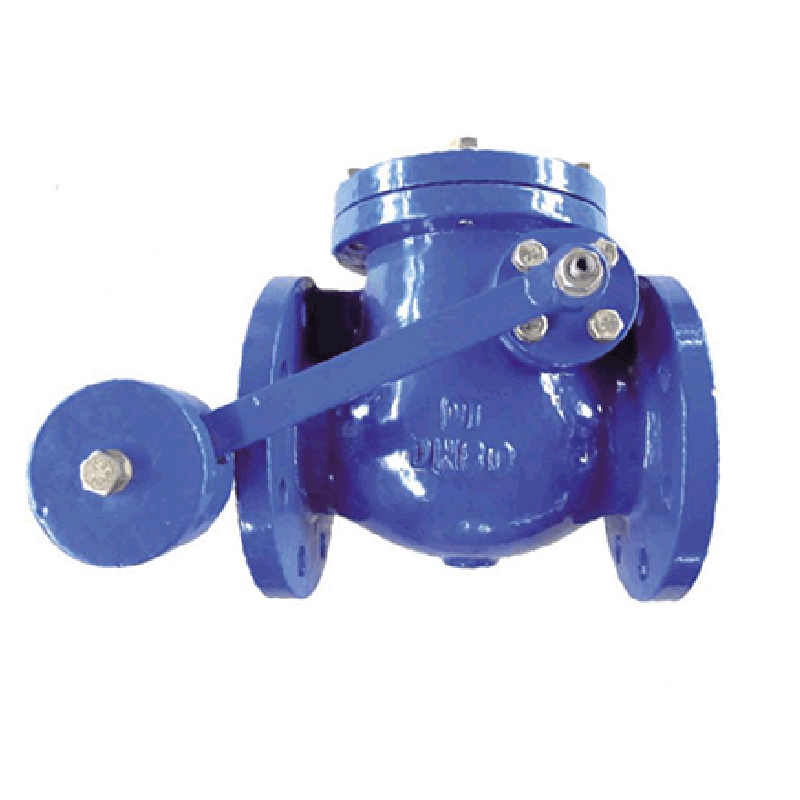Dec . 09, 2024 22:36 Back to list
Innovative Designs in Rising Stem Gate Valve Technology for Enhanced Fluid Control
The Rising Stem Gate Valve A Comprehensive Overview
The rising stem gate valve is a critical component in various industrial applications, particularly in the fields of water, oil, and gas distribution. This type of valve is designed to control the flow of fluids through a piping system, providing not only effective isolation but also efficient operation. In this article, we will explore the structure, working principle, advantages, disadvantages, and applications of rising stem gate valves.
Structure of Rising Stem Gate Valves
A rising stem gate valve is characterized by its unique design, which features a valve body, a gate, a stem, and a handwheel or actuator. The gate is the key component that either allows or restricts fluid flow. It is positioned between two seating surfaces in the valve body. The stem connects the gate to the actuator, and as the handwheel is rotated, the stem moves vertically upward or downward.
One defining feature of rising stem gate valves is that the stem rises with the gate when the valve is opened. This external visibility makes it easier for operators to understand the valve's position at a glance. The valve is typically sealed with metal or resilient materials to prevent leakage, ensuring that the surrounding environment remains uncontaminated.
Working Principle
The operation of a rising stem gate valve is relatively straightforward. When the handwheel is turned in a clockwise direction, the stem moves downwards, pushing the gate into the valve seat and closing the flow. Conversely, turning the handwheel counterclockwise raises the stem and gate away from the seat, allowing fluid to flow through the valve.
The design of the rising stem gate valve minimizes the pressure drop across the valve when it is fully opened, making it an ideal choice for applications requiring efficient flow.
Advantages of Rising Stem Gate Valves
1. Reduced Flow Resistance When fully open, the gate is entirely out of the flow path, resulting in minimal obstruction and lower pressure loss. 2. Ease of Operation The visible rising stem indicates whether the valve is open or closed, reducing the potential for error in operation.
3. Durability Rising stem gate valves are typically constructed from robust materials such as stainless steel, making them suitable for high-pressure and high-temperature applications.
4. Effective Sealing When closed, the gate creates a tight seal, preventing leakage and preserving the integrity of the contained fluid.
rising stem gate valve

5. Maintenance These valves generally require less frequent maintenance compared to other valve types due to their straightforward mechanism.
Disadvantages of Rising Stem Gate Valves
While rising stem gate valves offer numerous advantages, they do have some drawbacks
1. Space Requirements The rising mechanism necessitates additional vertical space, which may be an issue in cramped installations.
2. Speed of Operation Opening and closing a rising stem gate valve can take longer compared to quarter-turn valves, which might not be suitable for rapid flow control.
3. Not Suitable for Throttling These valves are not designed for throttling applications; they are primarily for on/off control.
Applications
Rising stem gate valves are used across a variety of industries and applications, including
- Water Supply They are commonly found in water distribution systems to manage water flow effectively. - Oil and Gas Rising stem gate valves are employed in pipelines and processing facilities for safe isolation of fluids. - Power Generation In power plants, these valves assist in controlling steam and other fluids within the plant's infrastructure. - Chemical Processing They play a crucial role in managing the flow of various chemicals in processing plants.
Conclusion
In conclusion, the rising stem gate valve is a valuable tool in fluid control applications across numerous industries. With their straightforward mechanism, effective sealing capabilities, and ease of operation, they are favored for many tasks that require reliable on/off control. However, potential users must also consider their disadvantages, particularly regarding space and speed of operation. Overall, understanding the operational principles and applications of rising stem gate valves is key to leveraging their benefits effectively in engineering and industrial settings.
Share
-
Reliable Wafer Type Butterfly Valves for Every IndustryNewsJul.25,2025
-
Reliable Flow Control Begins with the Right Ball Check ValveNewsJul.25,2025
-
Precision Flow Control Starts with Quality ValvesNewsJul.25,2025
-
Industrial Flow Control ReliabilityNewsJul.25,2025
-
Engineered for Efficiency Gate Valves That Power Industrial PerformanceNewsJul.25,2025
-
Empowering Infrastructure Through Quality ManufacturingNewsJul.25,2025